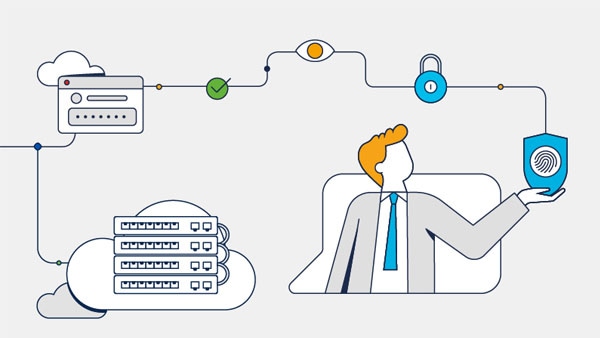
Advanced Strategies for Threat Detection in Cybersecurity
In the ever-evolving landscape of cybersecurity, the need for advanced threat detection strategies has become paramount. With cyber threats becoming more sophisticated and diverse, organizations must adopt proactive approaches to safeguard their digital assets. This article delves into the realm of advanced threat detection, exploring various techniques and technologies aimed at fortifying cybersecurity defenses.
Proactive Approach to Threat Detection
Gone are the days when reactive measures sufficed in combating cyber threats. Today, organizations must adopt a proactive stance towards threat detection. This involves continuously monitoring networks, endpoints, and applications for any signs of anomalous behavior or potential security breaches. By leveraging real-time monitoring and analysis tools, organizations can stay one step ahead of cyber adversaries, mitigating risks before they escalate into full-blown attacks.
Harnessing the Power of Artificial Intelligence
Artificial Intelligence (AI) has emerged as a game-changer in the field of cybersecurity, particularly in threat detection. Machine learning algorithms can analyze vast amounts of data to identify patterns and anomalies that may indicate malicious activity. By training AI models on historical data, organizations can enhance their threat detection capabilities and improve the accuracy of their security defenses. From anomaly detection to predictive analysis, AI-driven threat detection is revolutionizing the way organizations protect their digital assets.
Integration of Threat Intelligence
Threat intelligence plays a crucial role in enhancing threat detection capabilities. By gathering and analyzing information about emerging threats, attack vectors, and malicious actors, organizations can better understand the current threat landscape and anticipate potential risks. Integrating threat intelligence feeds into security operations allows for proactive threat hunting and faster incident response. Whether it’s indicators of compromise (IOCs) or behavioral analytics, leveraging threat intelligence enables organizations to stay ahead of evolving cyber threats.
Empowering Security Operations with Automation
The sheer volume of security alerts generated on a daily basis can overwhelm even the most robust security teams. To alleviate this burden, organizations are increasingly turning to automation to streamline threat detection and response processes. By automating routine tasks such as log analysis, event correlation, and incident triage, security teams can focus their efforts on more strategic activities. Automation not only improves efficiency but also enables faster detection and remediation of security incidents, minimizing the impact of cyber attacks.
Multi-Layered Defense Strategies
In today’s complex threat landscape, a single layer of defense is no longer sufficient. Organizations must adopt a multi-layered approach to cybersecurity, combining various technologies and techniques to create a robust defense posture. From firewalls and intrusion detection systems to endpoint protection and user behavior analytics, each layer adds an additional level of security to mitigate different types of threats. By diversifying their defense strategies, organizations can better protect against both known and unknown cyber threats.
Continuous Monitoring and Incident Response
Effective threat detection is not a one-time event but a continuous process. Organizations must implement robust monitoring solutions that provide real-time visibility into their IT environments. This enables security teams to detect and respond to threats promptly, minimizing the dwell time of attackers within their networks. Additionally, having a well-defined incident response plan is critical for effectively managing security incidents when they occur. By practicing regular incident response drills and maintaining clear communication channels, organizations can minimize the impact of cyber attacks and swiftly restore normal operations.
Conclusion
In today’s digital age, the ability to detect and mitigate cyber threats is more important than ever. By adopting advanced threat detection strategies and leveraging technologies such as artificial intelligence, threat intelligence, and automation, organizations can enhance their security posture and effectively defend against evolving cyber threats. By embracing a proactive approach to threat detection and investing in robust defense mechanisms, organizations can safeguard their digital assets and maintain the trust of their customers and stakeholders. Read more about Threat Detection